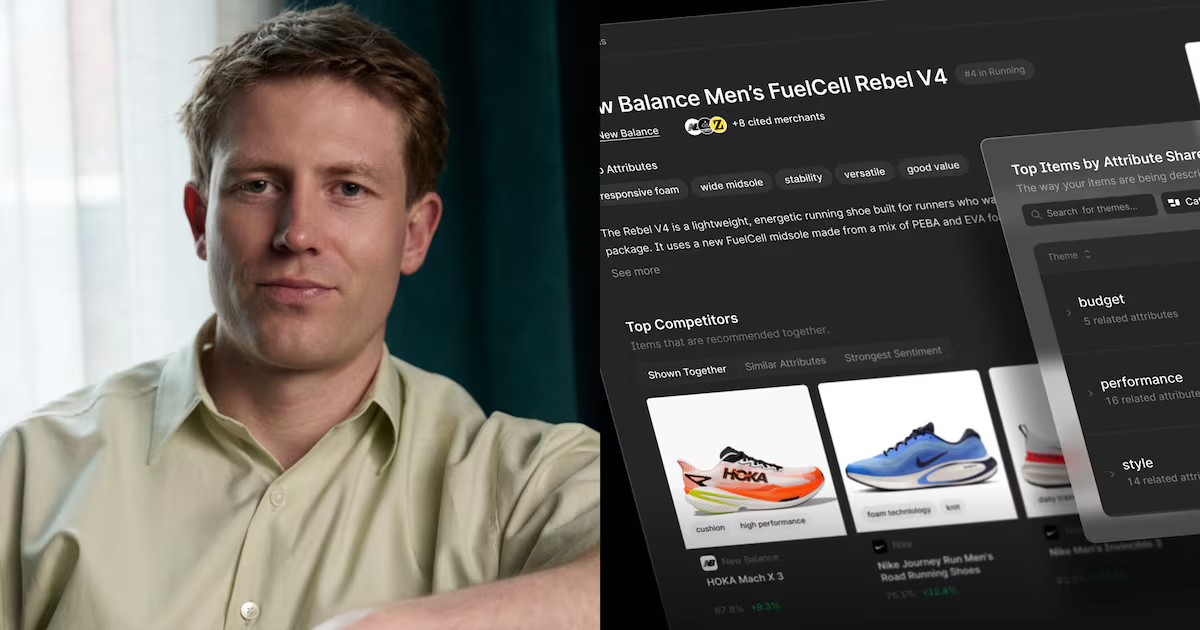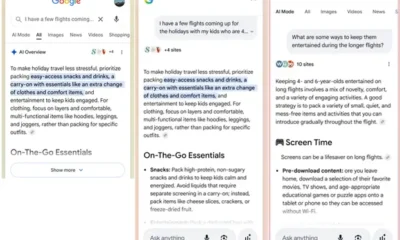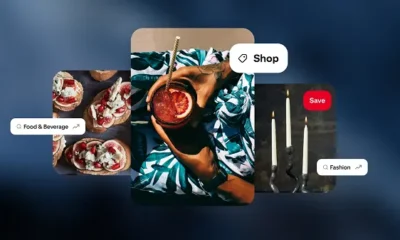SOCIAL
How To Start a Successful Online Clothing Store

For over a generation, brick-and-mortar retail has been giving way to digital alternatives. The fact that there are fewer office workers toiling in downtowns since the pandemic has only accelerated this trend.
Shopping for clothes, which many people prefer in person, has expanded online due to return policies that let customers send back those tight turtlenecks and itchy sweaters.
Consumers can buy apparel from the comfort of their homes, while at the same time, the growth of platforms built to help e-commerce newbies sell their wares has spurred a wave of opportunities for would-be entrepreneurs.
Starting a digital boutique lines up with the existing passions of many side hustlers. With the proper brand identity, social media presence, and marketing strategies, selling clothes online can be a rewarding venture.
Finding a Fashion Niche
The first step in setting up a clothing store is finding a niche. Everything will follow from that decision, including the name of the brand. Once the niche is selected, you’ll need to pick a domain name through a site like GoDaddy and register the business in your jurisdiction.
It’s best to pick a niche you’re passionate about, but if that aligns differently from market realities, be sure to pick one that many other people are passionate about.
“If you are working with a modest budget, picking a small niche is essential for starting out,” says Manuel Dreesmann, owner of premium leather goods merchant Atelier Madre. “To analyze trends and competitors, look for tools like Ahrefs and Semrush to see behind the curtains.”
There is a wealth of in-demand directions to pursue, from athleisure wear to children’s outfits or vintage t-shirts. The key is to do market research on what people are searching for and buying before investing time and money.
Sourcing Clothing and Apparel
There are various ways to source fashion products; the right choice will depend on the business model. Keep in mind shipping times, and get samples whenever you can. Some of the more common business models include the following:
Dropshipping
It’s possible to source clothes from wholesalers and run an online shop without original products. This method is less creatively satisfying but among the simplest ways to get started, as there is no need to keep inventory.
Print-On-Demand
Some clothing brands source from an outside service that manufactures the products only when an order arrives. The downside is the service providers charge a significant premium, leaving smaller margins for the brand owner.
Private Label
This model is for people who want to source wholesale items and then apply their logos or modifications. While cheaper than print-on-demand, it’s necessary to keep bulk inventory.
Cut-And-Sew
This is the route for anyone who would prefer to source materials and do the rest themselves. Of course, this is equal to playing the game on the hardest settings, but it could be worth it for motivated designers.
The fashion industry is notoriously plagued with labor and environmental issues, so it’s crucial to do your own research when sourcing items to ensure you’re following ethical practices.
“We produce our own products to ensure maximum ethical transparency,” says Dreesmann. “But we would always suggest choosing suppliers you have the means to visit on a frequent basis by yourself. Certificates are good, but seeing things in real life is really different.”
Photographing Fashion Inventory
In a traditional department store, elegant window displays can play a role in bringing in customers. The same holds online; compelling photography can be the difference between a sale and no sale.
Maximillian Nestler, who co-manages the clothing store Jutta Nestler, advises inquiring if suppliers can provide high-quality images. When that’s not possible, he suggests using a simple setup with a white wall and a smartphone camera: “Interestingly, less-than-perfect shots resonate more with customers, possibly because they can better relate to these images.”
Sally Samuels, head designer at Savile Row Company, recommends showing different angles: “Capture front, back, and side shots of each garment to provide a comprehensive view for potential buyers.”
She says it’s best to use a coherent style and color scheme throughout the advertising material, highlighting unique features, patterns, and textures that make the clothing special. She adds that using models can help people to see the clothes in action.
“Remember, your product images are the closest your customers can get to your clothing before making a purchase,” she emphasizes.
Managing an Online Platform To Sell Clothes
Once you’ve settled on a domain name, it’s time to get the store up and running. It will usually make sense to use a simple and established website builder, such as Wix, Squarespace, or Shopify. Some platforms like Magento or WooCommerce offer more customization but may have a slightly steeper learning curve.
“If you’re starting from scratch,” says Nestler, “simple and user-friendly platforms like Shopify or WordPress are ideal. They allow for easy modification and updates, which saves you from hiring external assistance.
When building the site, make sure its theme matches the brand identity. Craft succinct and SEO-driven product descriptions to go with the photos, and start a store blog to document progress and broadcast promotions.
It’s key to examine the site on a range of devices to ensure functionality for all customers. When everything is ready, run a few test shipments before the launch.
Fashion Marketing and SEO
Running an online clothing business requires a firm grasp of digital marketing techniques. Most of these strategies are the same across industries and can be adapted or mixed and matched.
Optimizing for search results by using the right keywords found on Ahrefs and Semrush is essential for any approach, regardless of other tactics.
“Dedicate time to refining your product pages, ensuring they adhere to standard SEO practices such as image file naming, alt tags, H1 and H2 titles, and meta tags,” according to Dreesmann. “Strive to optimize each product page to a level where it could potentially serve as an effective landing page because Google may direct traffic to these pages.”
It may also make sense to run paid ads through Google or Meta, though only once the seller has some familiarity with the target market. It’s possible to waste a lot of money very quickly with ads. Focusing on building up a brand’s social media with lots of content before launch may be a better move at the outset.
“We recommend adopting a strategic approach towards ads. Utilize them as tools for customer insights, message testing, and channel assessment,” Dreesmann adds. “Alternatively, ensure your website is fully optimized to convert incoming traffic before investing heavily in advertising. Without such measures in place, your ad spend could potentially yield minimal returns.”
Some sites lean heavily into affiliate marketing techniques, meaning other sites promote products in exchange for sales commissions.
“It’s imperative to cultivate naturally obtained backlinks through effective public relations outreach and by listing your website on relevant online directories,” Dreesman explains. “This strategy not only enhances your visibility but also contributes significantly to your overall SEO performance.”
Another popular approach is to solicit email addresses with a discount offer and then run email campaigns through a service like Mailchimp. Other tools like Upfluence connect brands with influencers who will sell their products. It’s even possible to reach out to reporters by answering queries on sites like Help a Reporter Out (HARO) or SourceBottle.
“The visual appeal of fashion lends itself to platforms like Instagram,” says Nestler. “We found that videos convert better than photos. They allow us to showcase our expertise and provide background information, replicating the in-store experience.”
“It’s essential to stay motivated, even when you don’t see immediate results,” he continues. “The initial stages of your online store are a perfect opportunity to experiment, find your style, and understand what resonates with your audience. Persistence, adaptation, and continuous improvement are the keys to long-term success.”















